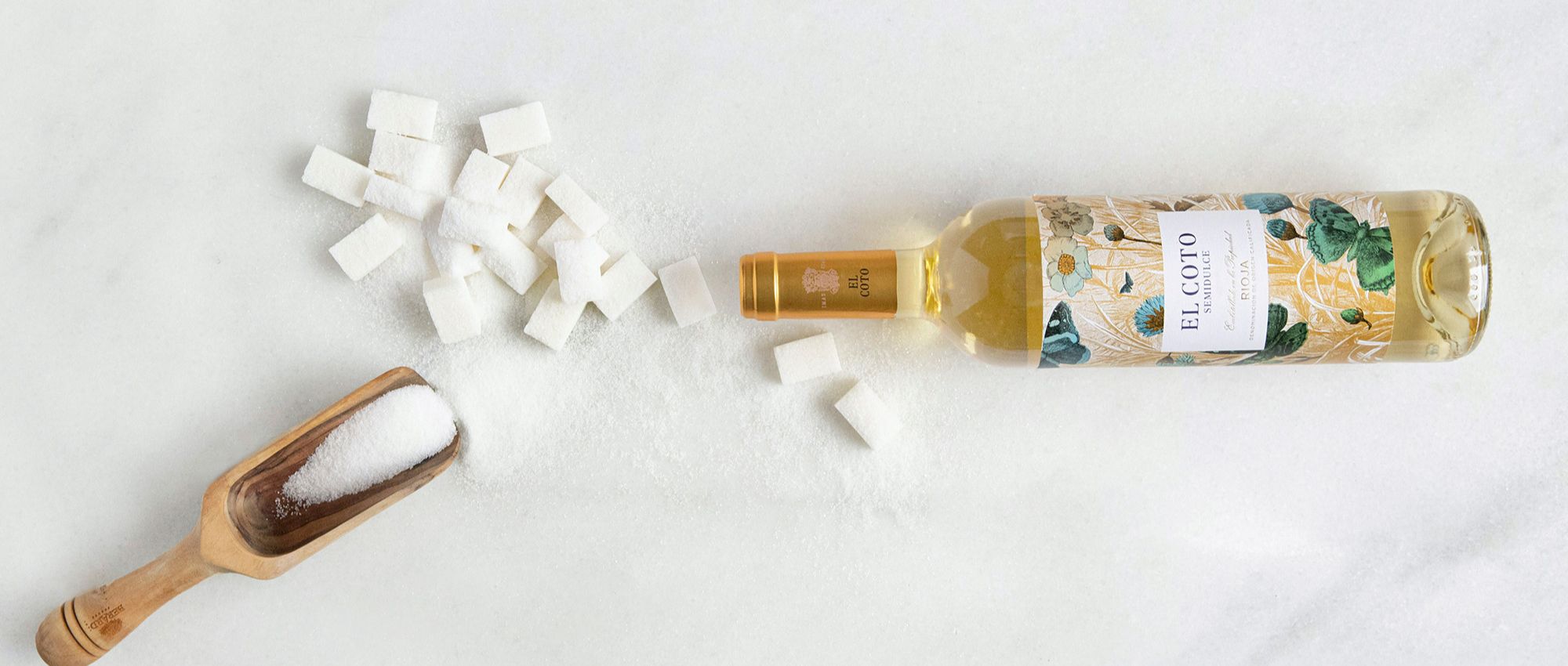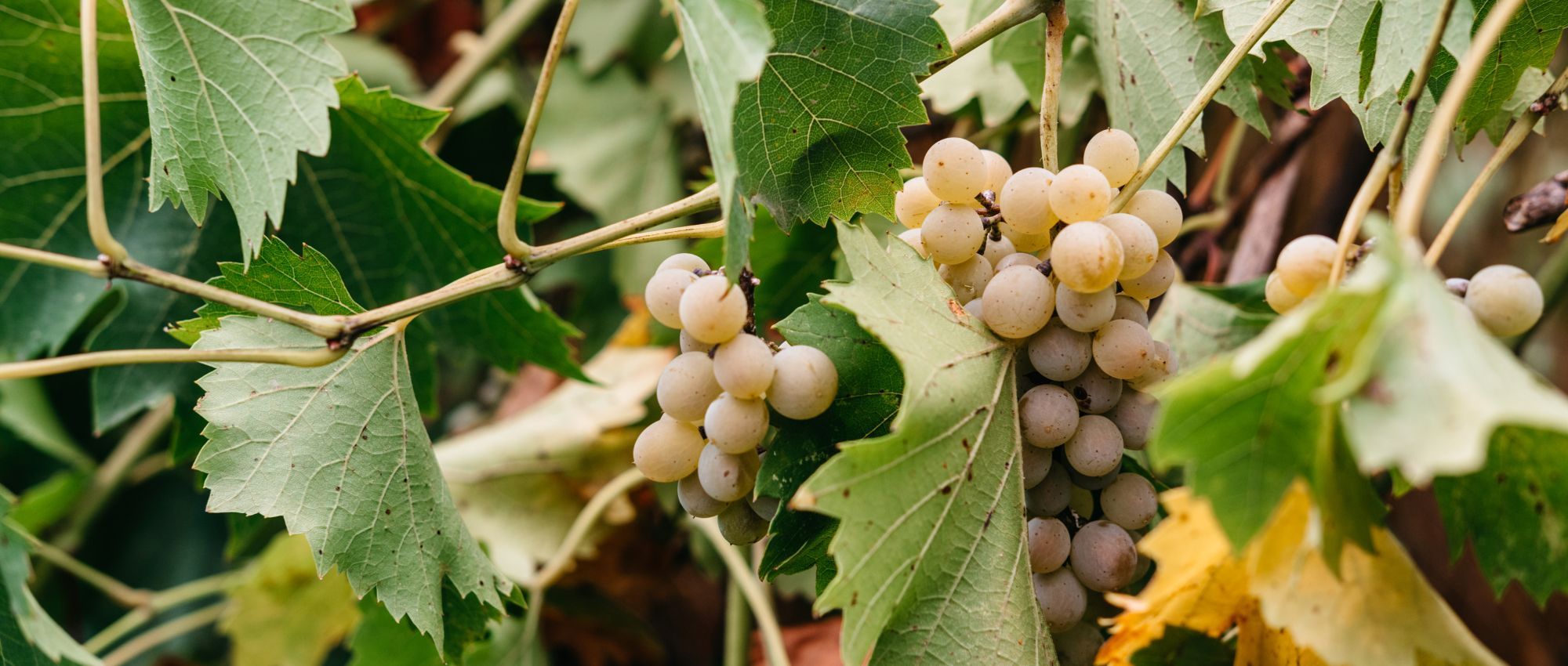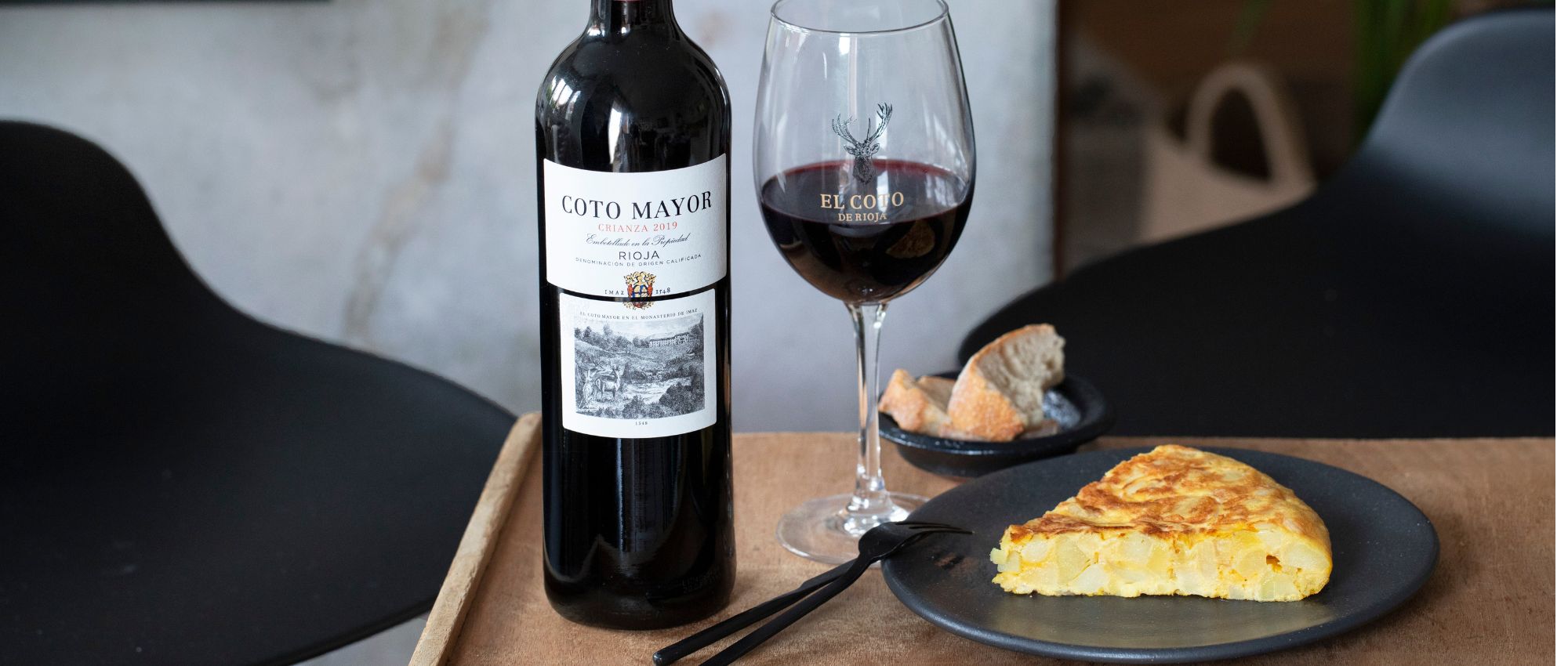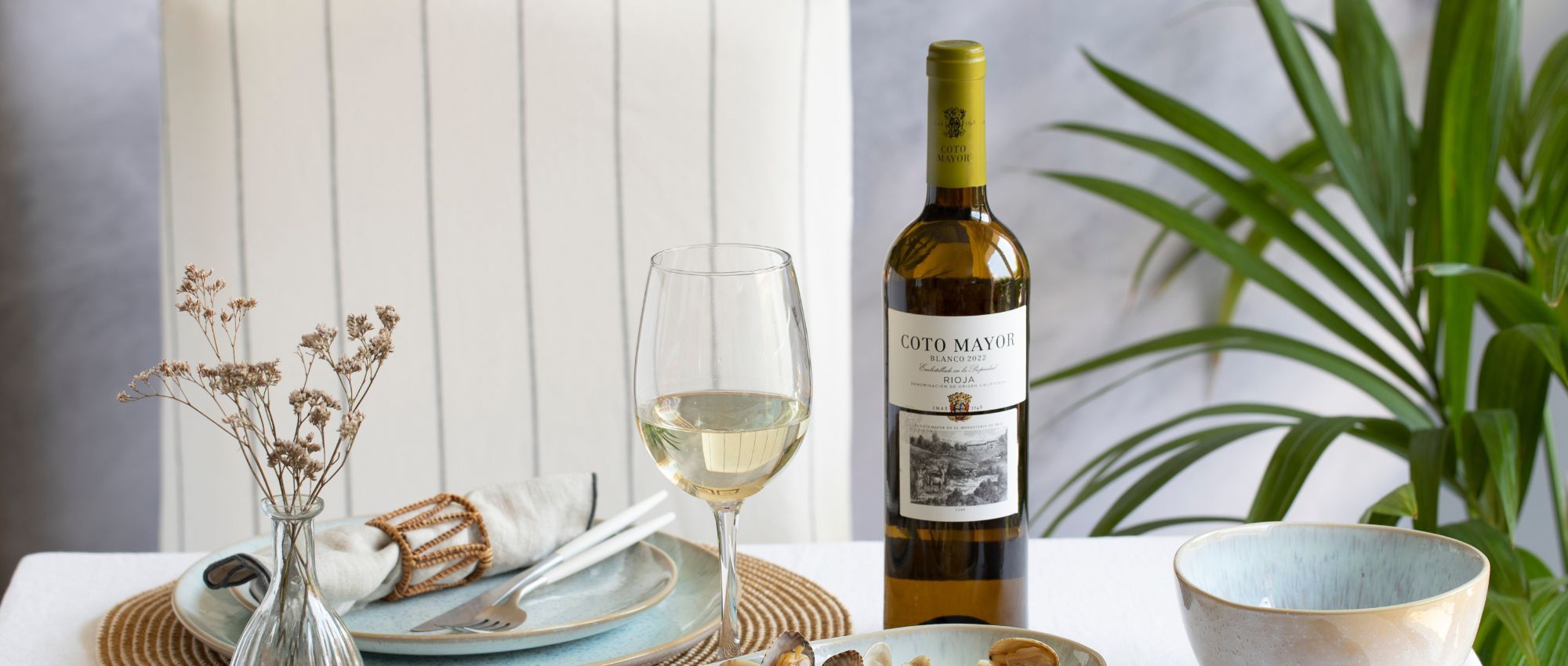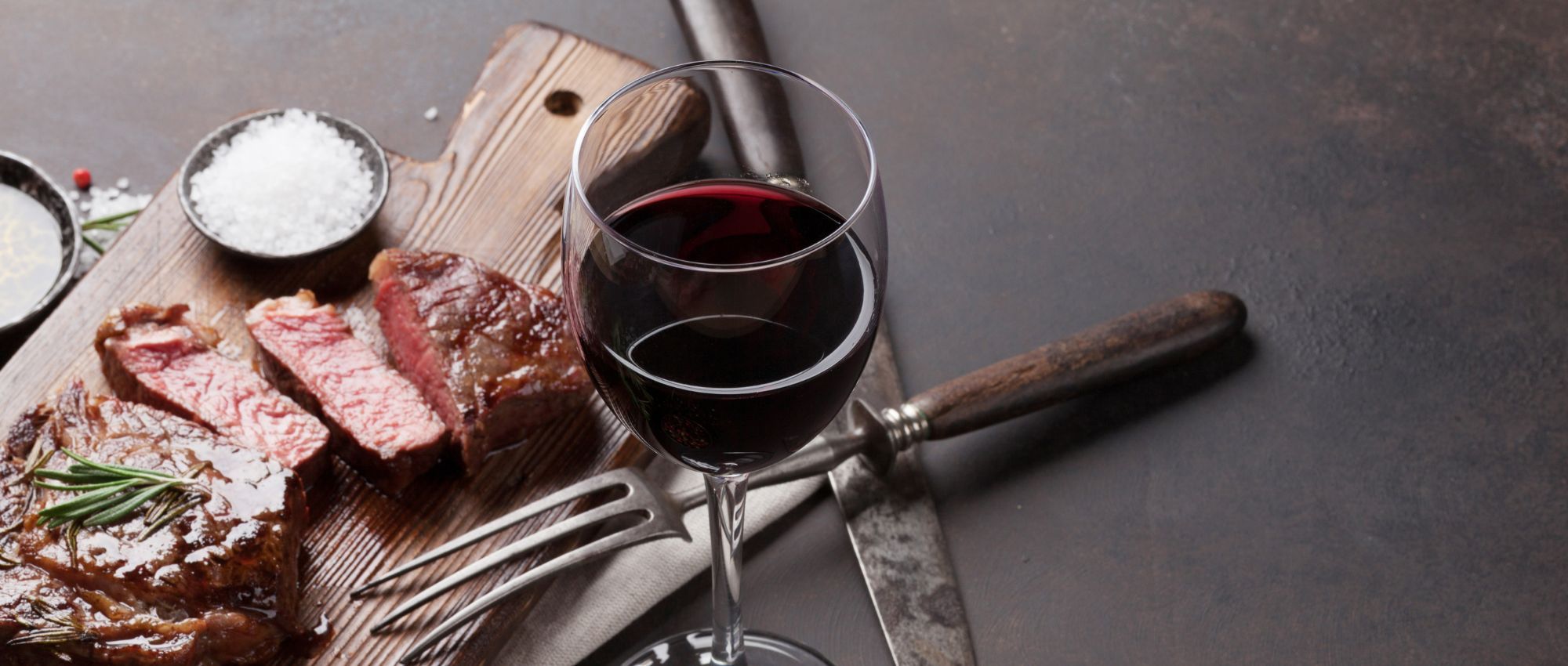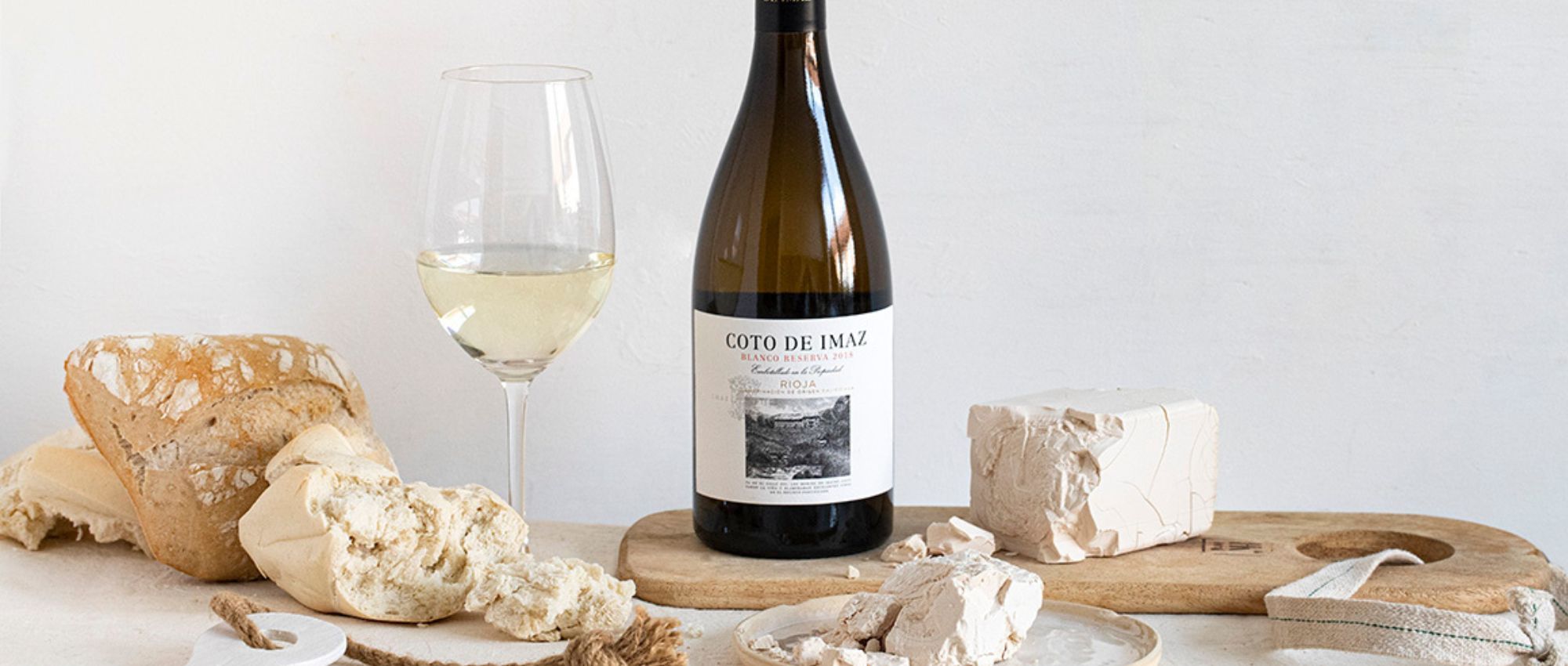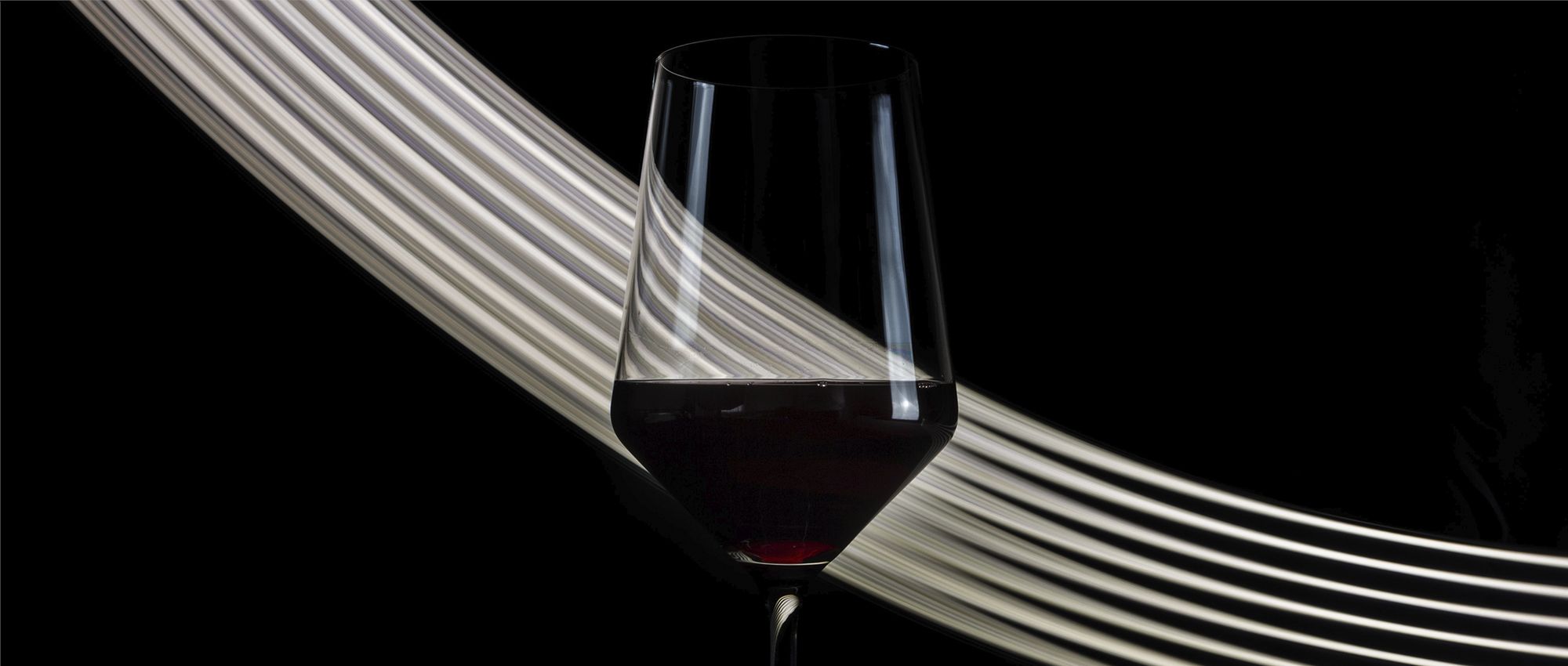
Wine dictionary: Do you know what the development and fermentation of a wine are?
We’re moving through our Wine Dictionary! As you know, every month, we do a deep-dive into 5 words, 5 concepts from the wine world to help you learn about oenology. Today we’re going over some interesting concepts. Do you know what we mean when we say a wine is “structured”? And do you know what fermentation is? And development?
As always, we’re going to take apart 5 words, this time: Designation of Origin, ageing, structured, development and fermentation.
We hope you’ll keep on coming back to the El Coto de Rioja Wine Dictionary because there’s still a lot to learn!

Designation of Origin
Designation of Origin is a certain region, district, town or place that has been recognised to designate wines that meet a certain series of conditions. What does that mean? It means that there are a series of prerequisites for a wine to be given a DO, or a PGI (Protected Geographical Indication) or a DOCa (Qualified Designation of Origin, a separate Spain term).
Do you want to know what the prerequisites are that set each of these designations of origin apart? Did you know that there are only two DOCa in Spain, and one of them is DOCa Rioja? Don’t miss this article!
Ageing
Ageing is what we call the process that takes place between fermentation and when we drink the wine. In Spain, depending on the length of ageing, a wine will be classed as joven, crianza, reserva and gran reserva, however, we are going to look at barrel and bottle ageing to understand this a little better:
- Bottle Ageing
This is the first stage, and there are many factors to take into consideration when the wine is ageing. The type of ageing doesn’t just depend on the time it spends in the barrel, but also the type of barrel, among other things. For example, a Gran Reserva wine will have spent 2 years in the barrel, just like our Coto de Imaz Gran Reserva.
- Bottle Ageing
After spending the set time in the barrel, the wine will keep on ageing and developing in the bottle. The bottles are laid down horizontally in insulated wine racks with no light or changes in temperature. As you know, this position is necessary to keep the cork constantly in contact with the rime. In this stage of bottle ageing the wines may be left for periods ranging from 6 to 24 months.


Structured
It’s not easy to tell what exactly a structured wine is because they are a lot of elements connected with what we call the “structure of a wine”, which is one of the most common terms we hear during a wine tasting.
We can split the structure of a wine into three components: tannins, acidity and alcohol. The structure of a wine depends on these three points, with all of them being present but none of them standing out over the rest.
In general, when we speak about a structured wine, we mean a harmonious, well-rounded, solid wine with a pleasant taste. We could say that a structured wine is a balanced wine: for example, a wine in which there is just the right amount of tannins with pleasant notes.
Development
The development of a wine is connected with the ageing, but isn’t exactly the same. The development is related to the changes that the wine goes through in the bottle, but this obviously starts at the very beginning, on the vine. Let’s look at the stage of development of wine in a bottle:
- Maturing stage
The maturing stage is the first thing that happens, which is the time it takes to gradually increase its quality.
- Peak stage
In this stage, the wine reaches its peak stage of maturity, because all of the smells and aromas give off all of their complexity and settle in the wine.
- Fade stage
Lastly one a wine has reached the peak stage in maturity, it moves into a phase that we call the “fade”, which is the stage of development in which it starts to lose its properties. In this stage it loses body and structure.


Fermentation
The wine fermentation process refers to the process that turns a wort or grape juice into an alcoholic beverage. There are two types of fermentation:
- Alcoholic fermentation
During the alcoholic fermentation of a wine, the micro-organisms in the grape turn the sugars into alcohol in a completely natural way. The yeasts that cause alcoholic fermentation are micro-organisms that, along with bacteria, break down organic material.
- Malolactic fermentation
Furthermore, we have malolactic fermentation, which is the process in which malic acid becomes lactic acid. In red wines, this normally takes place after alcoholic fermentation. Malic acid is what normally causes the acidity and freshness of some wines, such as white wines.
Did you miss our latest Wine Dictionary posts? Take a look!






